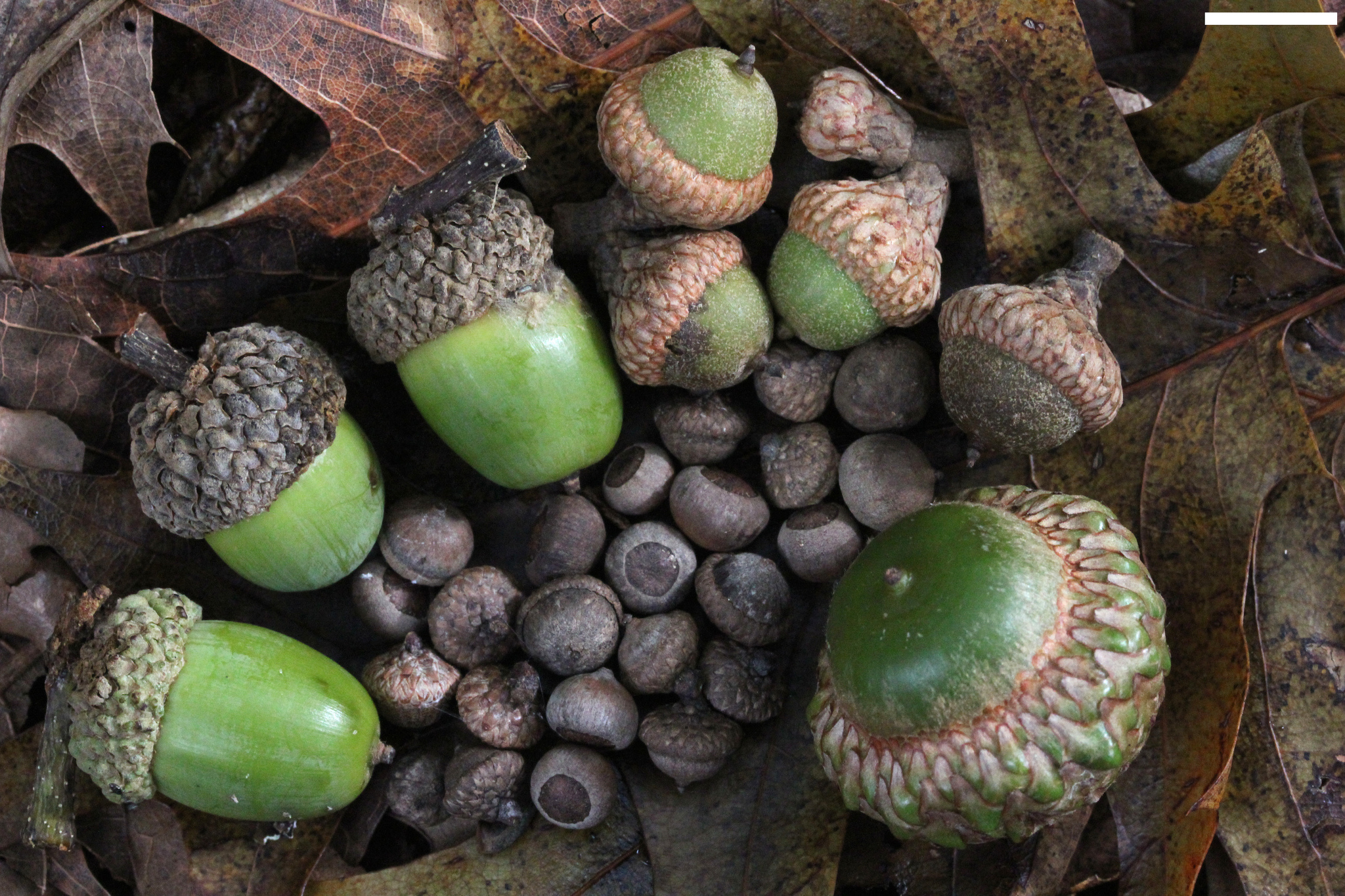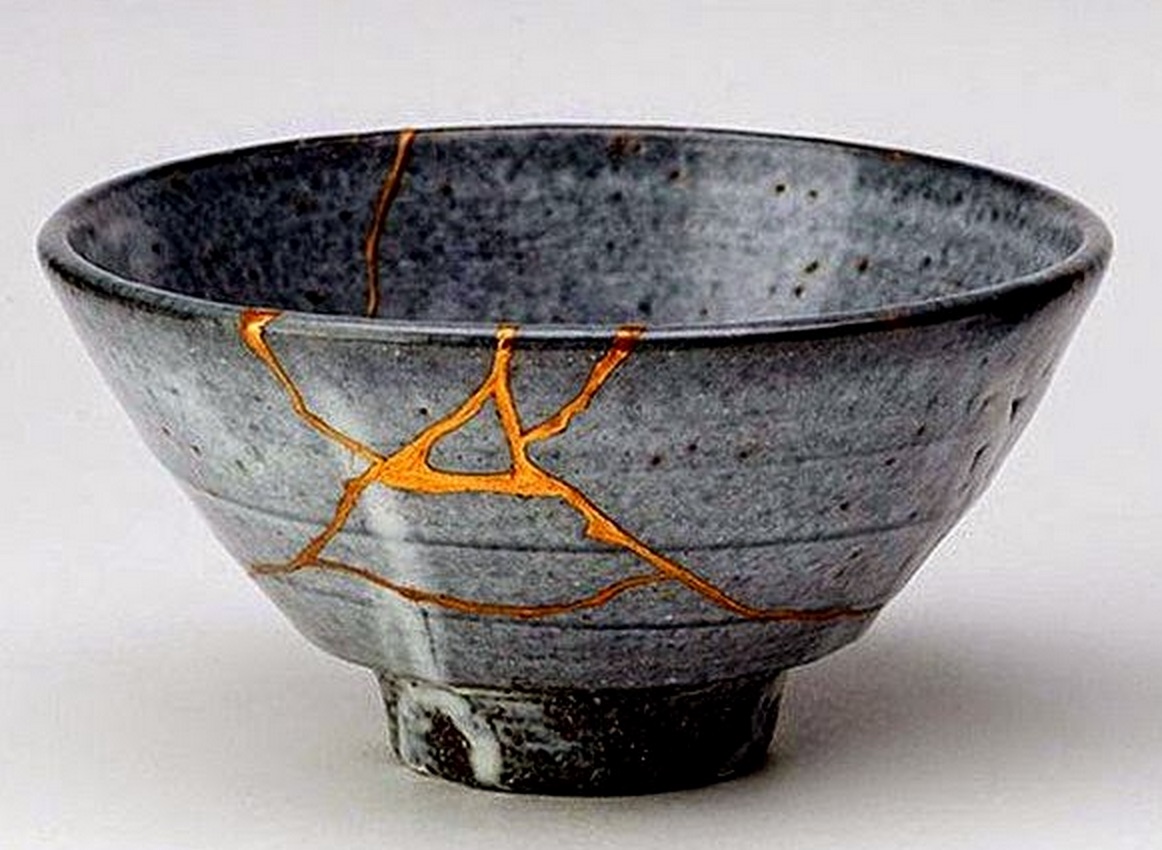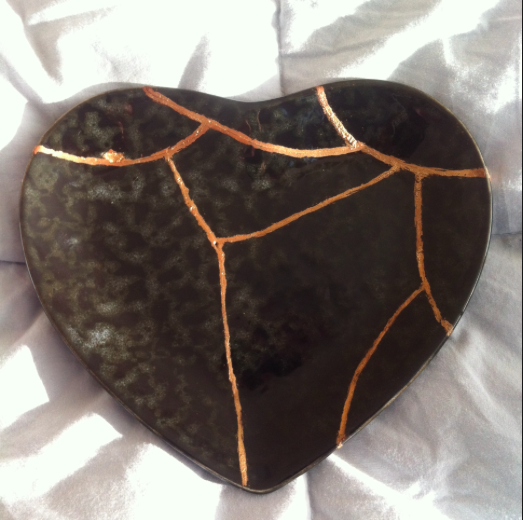“As soon as the grave is filled in, acorns should be planted over it, so that new trees will grow out of it later, and the wood will be as thick as it was before. All traces of my grave shall vanish from the face of the earth, as I flatter myself that my memory will vanish from the minds of men.”
This passage from the will of the Marquis de Sade has always struck a chord with me. Of course, he penned it as his last raging, disdainful grimace at mankind, but the very same thought can also be peaceful.
I have always been sensitive to the poetic, somewhat romantic fantasy of the taoist or buddhist monk retiring on his pretty little mountain, alone, to get ready for death. In my younger days, I thought dying meant leaving the world behind, and that it carried no responsibility. In fact, it was supposed to finally free me of all responsibility. My death belonged only to me.
An intimate, sacred, wondrous experience I would try my best to face with curiosity.
Impermanence? Vanishing “from the minds of men”? Who cares. If my ego is transient like everything else, that’s actually no big deal. Let me go, people, once and for all.
In my mind, the important thing was focusing on my own death. To train. To prepare.
“I want my death to be delicate, quiet, discreet”, I would write in my diary.
“I’d prefer to walk away tiptoe, as not to disturb anyone. Without leaving any trace of my passage”.
Unfortunately, I am now well aware it won’t happen this way, and I shall be denied the sweet comfort of being swiftly forgotten.
I have spent most of my time domesticating death – inviting it into my home, making friends with it, understanding it – and now I find the only thing I truly fear about my own demise is the heartbreak it will inevitably cause. It’s the other side of loving and being loved: death will hurt, it will come at the cost of wounding and scarring the people I cherish the most.
Dying is never just a private thing, it’s about others.
And you can feel comfortable, ready, at peace, but to look for a “good” death means to help your loved ones prepare too. If only there was a simple way.
The thing is, we all endure many little deaths.
Places can die: we come back to the playground we used to run around as kids, and now it’s gone, swallowed up by a hideous gas station.
The melancholy of not being allowed to kiss for the first time once again.
We’ve ached for the death of our dreams, of our relationships, of our own youth, of the exciting time when every evening out with our best friends felt like a new adventure. All these things are gone forever.
And we have experienced even smaller deaths, like our favorite mug tumbling to the floor one day, and breaking into pieces.
It’s the same feeling every time, as if something was irremediably lost. We look at the fragments of the broken mug, and we know that even if we tried to glue them together, it wouldn’t be the same cup anymore. We can still see its image in our mind, remember what it was like, but know it will never be whole again.
I have sometimes come across the idea that when you lose someone, the pain can never go away; but if you learn to accept it you can still go on living. That’s not enough, though.
I think we need to embrace grief, rather than just accepting it, we need to make it valuable. It sounds weird, because pain is a new taboo, and we live in a world that keeps on telling us that suffering has no value. We’re always devising painkillers for any kind of aching. But sorrow is the other side of love, and it shapes us, defines us and makes us unique.
For centuries in Japan potters have been taking broken bowls and cups, just like our fallen mug, and mending them with lacquer and powdered gold, a technique called kintsugi. When the object is reassembled, the golden cracks – forming such a singular decoration, impossible to duplicate – become its real quality. Scars transform a common bowl into a treasure.
I would like my death to be delicate, quiet, discreet. I would prefer to walk away on tiptoe, as not to disturb anyone, and tell my dear ones: Don’t be afraid. You think the cup is broken, but sorrow is the other side of love, it proves that you have loved. It is a golden lacquer which can be used to put the pieces together.
Here, look at this splinter: this is that winter night we spent playing the blues before the fireplace, snow outside the window and mulled wine in our glasses.
Take this other one: this is when I told you I’d decided to quit my job, and you said go ahead, I’m on your side.
This piece is when you were depressed, and I dragged you out and took you down to the beach to see the eclipse.
This piece is when I told you I was in love with you.
We all have a kintsugi heart.
Grief is affection, we can use it to keep the splinters together, and turn them into a jewel. Even more beautiful than before.
As Tom Waits put it, “All that you’ve loved, is all you own”.
Ivan Cenzi is an explorer of the uncanny and collector of curiosities. Since 2009 he has been curator of Bizzarro Bazar, a blog dedicated to all things strange, macabre and wonderful.



